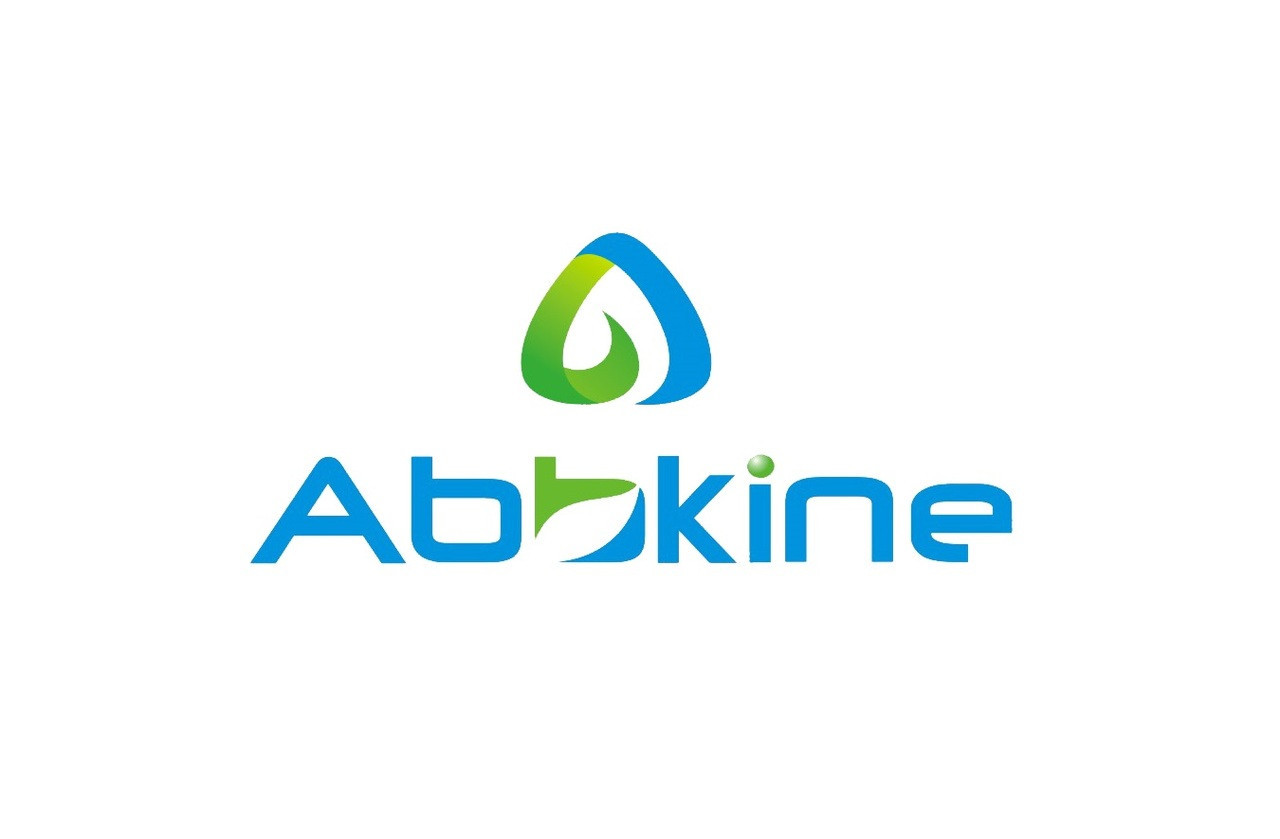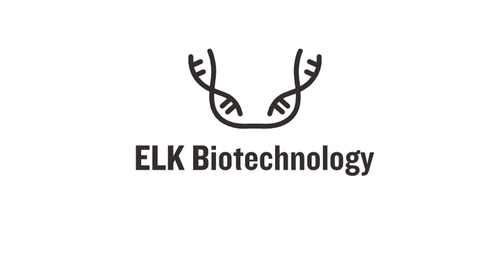Product Description
Rat Placenta growth factor (PLGF) ELISA Kit | KTE100478 | Abbkine
Application: This Rat Placenta growth factor (PLGF) ELISA Kit employs a two-site sandwich ELISA to quantitate PGF in samples. An antibody specific for PGF has been pre-coated onto a microplate. Standards and samples are pipetted into the wells and anyPGF present is bound by the immobilized antibody. After removing any unbound substances, a biotin-conjugated antibody specific for PGF is added to the wells. After washing, Streptavidin conjugated Horseradish Peroxidase (HRP) is added to the wells. Following a wash to remove any unbound avidin-enzyme reagent, a substrate solution is added to the wells and color develops in proportion to the amount of PGF bound in the initial step. The color development is stopped and the intensity of the color is measured.
Detection Method: Colorimetric
Conjugate: N/A
Sample Type: Cell culture supernatants#Serum#Plasma#Other biological fluids
Assay Type: Multiple steps standard sandwich ELISA assay with a working time of 3-5 hours. It depends on the experience of the operation person.
Kit Component: • Rat Placenta growth factor microplate
• Rat Placenta growth factor standard
• Rat Placenta growth factor detect antibody
• Streptavidin-HRP
• Standard diluent
• Assay buffer
• HRP substrate
• Stop solution
• Wash buffer
• Plate covers
Features & Benefits: Rat Placenta growth factor (PLGF) ELISA Kit has high sensitivity and excellent specificity for detection of Rat PGF. No significant cross-reactivity or interference between Rat PGF and analogues was observed.
Calibration Range: Please inquire
Limit Of Detection: Please inquire
Usage Note: • Do not mix components from different kit lots or use reagents beyond the kit expiration date.
• Allow all reagents to warm to room temperature for at least 30 minutes before opening.
• Pre-rinse the pipet tip with reagent, use fresh pipet tips for each sample, standard and reagent to avoid contamination.
• Unused wells must be kept desiccated at 4 °C in the sealed bag provided.
• Mix Thoroughly is very important for the result. It is recommended using low frequency oscillator or slight hand shaking every 10 minutes.
• It is recommended that all samples and standards be assayed in duplicate or triplicate.
Storage Instruction: The unopened kit should be stored at 2 - 8°C. After opening, please store refer to protocols.
Shipping: Gel pack with blue ice.
Precaution The product listed herein is for research use only and is not intended for use in human or clinical diagnosis. Suggested applications of our products are not recommendations to use our products in violation of any patent or as a license. We cannot be responsible for patent infringements or other violations that may occur with the use of this product.
Background: Placental growth factor (PLGF) is a member of the VEGF (vascular endothelial growth factor) sub-family - a key molecule in angiogenesis and vasculogenesis, in particular during embryogenesis. The main source of PLGF during pregnancy is the placental trophoblast. PLGF is also expressed in many other tissues, including the villous trophoblast. PLGF is a dimeric glycoprotein that, like VEGF, can bind with high affinity to the tyrosine kinase receptor vascular endothelial growth factor receptor 1 (VEGFR-1/Flt-1) . PLGF/VEGF heterodimers have been isolated and shown to bind also to the VEGFR-2/KDR/Flk-1 receptor the major mediator of VEGF activities.PLGF shares approximately 42% amino acid (aa) sequence identity with VEGF (53% within the PDGF region), and the two proteins share significant structural similarity.
Alternative Names: PGF; D12S1900; PGFL; PLGF; PlGF-2; SHGC-10760; placenta growth factor; placental growth factor; vascular endothelial growth factor-related protein; placental growth factor-like
Search name: PGF; D12S1900; PGFL; PLGF; PlGF-2; SHGC-10760; placenta growth factor; placental growth factor; vascular endothelial growth factor-related protein; placental growth factor-like
Tag: PGF
 Euro
Euro
 USD
USD
 British Pound
British Pound
 NULL
NULL








